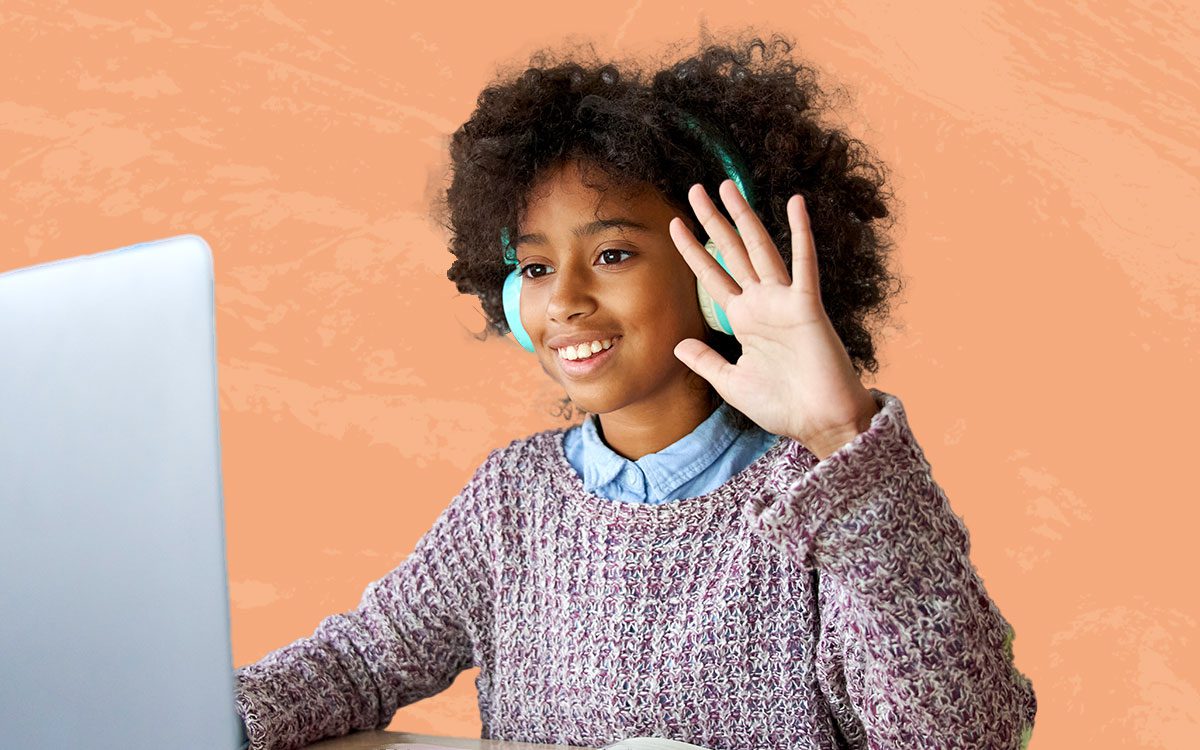
Interviewing is more than a skill — it’s an art. The order of your questions, the way you phrase them and the tone of your voice all shape the way a person will respond to you. By carefully crafting your interview questions and paying attention to how your source responds, you can gather engaging content for Q&As like Tiya Birru’s What We Wish Teachers Knew About Online Learning.
In this DIY, students will learn about best practices for coming up with interview questions and interviewing their peers to make their own compelling Q&A post.
Icebreaker:
Discuss the following questions as a class, in pairs or in small groups. If you want to discuss each question as a class, ask each question one by one and give students a minute or two to reflect on their answers.
- Where do you usually find the interviews you listen to, read or watch (podcasts, news, research, youtube videos)?
- If time permits, give students three minutes to find an interview online that they like and invite them to share two minutes of it with the group. If you don’t have time for this step, you can facilitate the below discussion based on your students’ memories of interviews that have stuck with them.
- Why do you like these interviews?
- What do you notice/remember about the interviewer’s approach?
- What do you think makes for an interesting interview?
Activity 1: Learning about interviews
As a class, review DIY: Art of the Interview with students. Discuss the following questions:
- Which types of interviews outlined in Art of the Interview do you encounter the most?
- Which ones do you find the most interesting to listen to, read, or watch? Why?
- What makes for a good interview question?
On a shared document, record students’ answers to the question: “What makes for a good interview question?” Answers may include that interview questions are:
- concise
- open-ended (won’t result in a simple yes or no answer)
- fair and free of bias
- show that the interviewer has done their homework
- clear
- relevant to the story you’re working on
Remind students how powerful questions can be when they elicit stories from interviewees: “Can you walk me through a time that…” “And then what happened…” “What did you see, hear, think when…” These types of questions can really get people talking and give you a lot to work with when you’re putting together your Q&A!
Students will use the answers you record to shape the questions they come up with in the next activity.
Give students 5-10 minutes to read YR Media’s What We Wish Teachers Knew About Online Learning. Discuss the following questions as a class or in small groups.
- What did you notice about the types of questions Tiya chose to ask?
- If you could add another question to Tiya’s set of interview questions, what would you want to ask?
Activity 2: Preparing for interviews
PART 1: Individually brainstorm topics
Students will identify a topic they feel is relevant to their peers and pick two of their classmates to interview about this topic. Potential topics may be ways to connect with friends during shelter-in-place, practices that encourage positive mental health or popular pandemic pastimes.
Then, students will read DIY: How to Record High Quality Audio with Your Phone and DIY: How to Do a Q&A
NOTE: Depending on the time you have available in the class and the age of your students, you may want to allow students to pick interviewees who are not present in the class. That would make this a multi-day class assignment so students have time to reach out and hear back from interviewees.
PART 2: Students will come up with 5 questions about the topic that they can ask each of their interviewees. They can take a look at the shared document you prepared with qualities of a good interview question if they need more support.
PART 3: Give students time to transcribe their interview. Mention that listening to someone talk is different than reading what they say. It’s customary to edit out “uhhmm”s, “you know”s and unnecessary repetition — as long as you don’t take anything a person says out of context and that you include a line when you share your piece that says “this interview was lightly edited for clarity and length.”
NOTE: Alternatively, you may want to use a transcription program such as Trint or use Google Cloud Speech-to-Text.
PART: 4: Have students construct their Q&A’s like Tiya did, with a short introduction to draw in readers at the top and their edited transcripts forming the body of the piece.
Debrief as a class:
- What did you find challenging about the process of preparing for the interview?
- What did you find challenging about carrying out the interview?
- What did you learn about the topic you chose from your interview?
- What will you do differently next time?
As always, if your students love what they created in they Q&As, please invite them to join YR Media’s community and/or pitch their piece to our editors.
This learning resource was produced by Nimah Gobir. Thanks to Clifford Lee, Kathleen Arada and Stephanie Stiede for expert feedback.